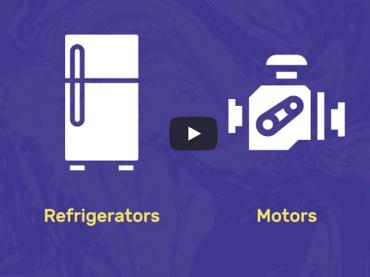

In the lead-up to COP26, the SEAD Initiative and partners have launched the Product Efficiency Call to Action, with the goal of doubling the efficiency of four priority products that account for 40% of global energy consumption by 2030.

New analysis from the International Energy Agency (IEA) and the 4E Technology Collaboration Program demonstrates that policies which introduce minimum efficiency performance standards and energy-consumption labelling on appliances and equipment have led to reduced power consumption, lower carbon emissions, and increased cost savings for consumers.
Contact: Ben Somberg, 202-658-8129, bsomberg@aceee.org


Contact:
ASAP: Ben Somberg, 202-658-8129, bsomberg@aceee.org
NCLC: Stephen Rouzer, 202-320-8394, srouzer@nclc.org


Inefficient tires are costing California drivers more than $180 on extra gasoline over the lifetime of a set. Ensuring replacement tires are as efficient as those on new cars would save California drivers over $25 billion through 2050.

Wirecutter’s new take on “The Real Reasons Your Appliances Die Young” has a big reveal: “the mythical 30-year-old fridge in Grandma’s basement ... has been the exception all along.”
Contact: Ben Somberg, 202-658-8129, bsomberg@aceee.org
